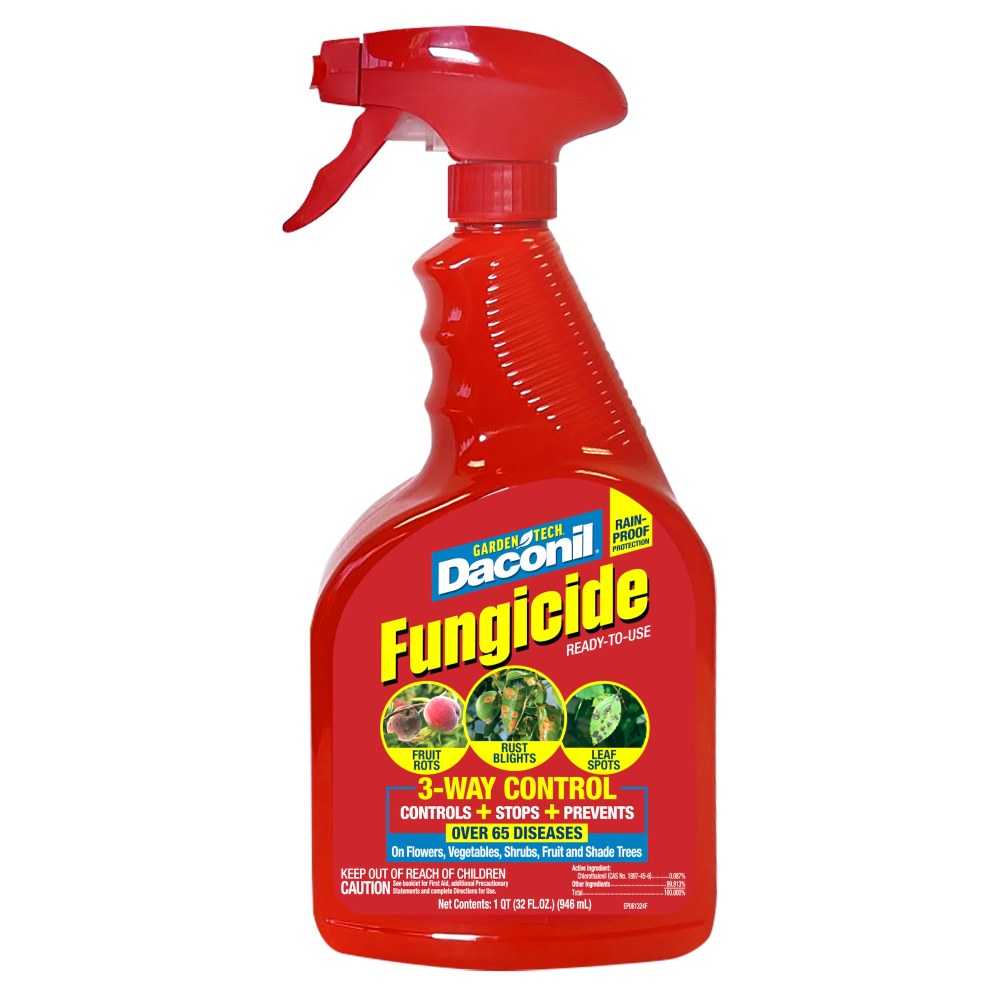Rhizoctonia Fruit Rot




The pathogens that cause fruit rot in common garden edibles often target specific plants or plant families. But the fungi behind Rhizoctonia fruit rot are less particular. Like the organisms that cause Phytophthora blight, these fungi affect many plants and plant stages. Crop-threatening results include damping off, blight, wilt, root rot, and stem cankers. Rhizoctonia fruit rot is a common reason behind rotting fruits on cucumbers and tomatoes.
Known as "belly rot" in cucumbers, this soil-borne disease spreads through contact with infected soil. This occurs directly or with the help of splashing water or dirty garden tools. Ripe fruits are most vulnerable to the disease. Unlike Phytophthora rot, which relies on waterlogged soil, Rhizoctonia fruit rot prefers moderately wet soil paired with heat. Dormant spores overwinter in soil, on infected plant debris, and in nearby weeds.
Rhizoctonia Fruit Rot Identification/Symptoms: Rhizoctonia fruit rot appears on the undersides or bellies of cucumbers and tomatoes, where low-hanging fruit touches or grows close to soil. Unlike many fruit rots, the infected areas start out firm. In cucumbers, crusty lesions are sometimes mistaken for scab disease. In tomatoes, firm lesions deteriorate quickly and become soft, watery, and sunken. Brown fungal growth follows.
How to Control Rhizoctonia Fruit Rot: By the time Rhizoctonia fruit rot makes itself known, fruit are already infected with the disease. Proactive preventive and suppressive treatment is essential to control the spread.
Daconil® fungicides from GardenTech® brand provide three-way protection to prevent, stop, and control Rhizoctonia fruit rot in tomatoes and suppress the disease in cucumbers. Begin treatment as soon as conditions favor the disease. These products treat cucumbers and tomatoes right up to the day of harvest:
- Daconil® Fungicide Ready-To-Use simplifies targeted treatments for individual plants on trellises, in containers, or small gardens. Simply shake the convenient spray bottle, and spray all plant surfaces until thoroughly wet. Give extra attention to low-hanging fruit.
- Daconil® Fungicide Concentrate provides an economical alternative for treatment with a hand-held, hose-end, or tank-style sprayer. Use the measuring cap to pour the recommended concentrate into your sprayer. Add water, mix well, and spray all plant surfaces to the point of runoff.
Rhizoctonia Fruit Rot Tip: Stake or trellis cucumber and tomato plants to keep fruit from touching soil. Plastic soil coverings help prevent soil contact and splashing water.
Always allow at least three years between planting the same or related plants in an area affected by this disease. This includes cucumber relatives, such as melons and squash, and tomato relatives, such as potatoes and eggplants.
Always read product labels thoroughly and follow instructions, including guidelines for treatable plants, application rates and frequencies, and pre-harvest intervals (PHI) for edible crops.
GardenTech is a registered trademark of Gulfstream Home and Garden, Inc.
Daconil is a registered trademark of GB Biosciences Corp.
Photo Credit:
University of Georgia Plant Pathology, University of Georgia, Bugwood.org (CC BY 3.0 US)
Langston, University of Georgia, Bugwood.org (CC BY 3.0 US)
Clemson University - USDA Cooperative Extension Slide Series, Bugwood.org (CC BY 3.0 US)



